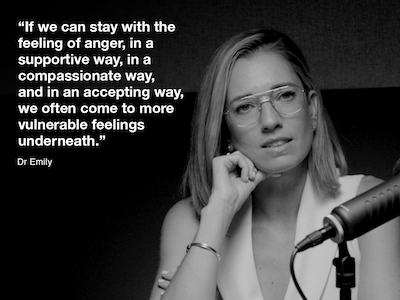- The High Performance Brief
- Posts
- Tuesday Edition
Tuesday Edition
Composure, Corporate Ladders, and Anger.

👋 Hi, legend!
Thanks for making it to the second edition of The High Performance Brief. I hope you’ve been keeping that inner critic in check! As a general rule, I’ll be sending out two newsletters per week. On Fridays, we will do a deep dive on one technique or topic, and on Tuesdays you can expect a shorter action-focussed piece, with some other curated content from around the traps.
🌟 I’d like to say a special thanks to all those who provided feedback from Edition #1! You may notice a few changes already! I’m also super grateful to everyone who has passed this along to someone else who may find it helpful. Thank you! 🌟
Trigger Warning: Today’s newsletter includes a short reference to a medical emergency involving a child. It may be distressing for some readers. Please take care.
The world’s most effective humans know that composure is critical to success, and a quick breathing exercise can make a huge difference. Slow is smooth, smooth is fast. You can find advocates for this in almost any domain, and elite performers such as Simone Biles, the US Navy Seals, and President Barack Obama are all on the record for having used breathing techniques in high pressure situations.
Breathwork is still a relatively new addition to the popular self-improvement scene, but soldiers, athletes, and first responders have been using it for many years, and its origins stretch back to ancient civilisation. It costs nothing, and in just a few seconds you can override your body’s most complex systems. Most people don’t face life-or-death situations in their day-to-day work, but these learnings will serve you just as well when the pressure mounts in the boardroom or on the big stage. The exact technique that each individual uses may vary, but the physiological effects are generally similar.
Here’s a quick snapshot of how it works:
Activates the parasympathetic nervous system:
🫀 Reducing heart rate
💪 Lowering blood pressure
🫁 Slows and regulates respiration rate, which also helps to control oxygenation
Communicates safety and control to the brain:
🏋️ Relieving muscle tension
🧠 Allowing for clearer thinking
Early in my career I was responded to my first cardiac arrest - a condition in which the patient is not conscious or breathing, and requires immediate resuscitation. The stress was amplified when the patient was confirmed to be a young child. I was heightened; I became aware of my heartbeat, noticed the sweat building on my palms, and felt my thoughts speed up. I knew that I had just a few minutes to be squared away, for the sake of the patient, my crew, and my own wellbeing. I jumped straight into a short breathing exercise. I knew that this would trigger the mechanisms outlined above, bringing things back under control. I was able to enter the scene with clarity and control, and perform at my highest level.
Tactical breathing:
There are dozens of specific techniques that you can use to manage stress on a day-to-day level or in a high pressure situation. Today, we will cover one technique that I have used with great effect across a range of emergency, personal, and sporting applications. It’s called tactical breathing or box breathing. It’s simple, easy to use, and easy to remember when you need it. It’s a great way to combat a fight-or-flight response, and manage the physical effects of adrenaline in a high risk environment (real or perceived).
Inhale >> for 4 seconds
Hold >> for 4 seconds
Exhale >> for 4 seconds
Hold >> for 4 seconds
Repeat 3-4 times or as required.
The more that you practice this technique, the better you will be at using it. The benefits won’t stop there either - breath control plays into countless high performance strategies and actions.
Conclusion:
Breathing is one of the most powerful tools that we have at our disposal. In future editions, we will touch on other breathing techniques for day-to-day and active stress management. Try out tactical breathing next time you find yourself in a bit of a jam. 🧘
👀 Something to watch:
I love this for a few reasons right now:
The December/January period often prompts thoughts about change, improvement, and a career stocktake. What’s really holding you back on that little idea you’ve got in the back of your mind?
Diversity of experience is almost always more valuable than ‘climbing the stairs’. Most of the high performers I have met utilise a combined skillset from a range of disciplines - they haven’t just siloed themself to their niche.
Bonus tips (6:34) - navigating new environments with humility, the psychological loophole for getting experts on side, and the hidden value of ‘dumb questions’.
👂Something to listen to:
An oldie but a goodie. A fantastic insight into the roots of anger, how we process it, and what we can do to improve our relationship with it.
As always, please feel free to let me know your thoughts via return email!
Thanks,
Zac
P.S. If you’re finding The High Performance Brief to be interesting or helpful, please spread the word!
Disclaimer: The High Performance Brief is for general education purposes only. The content is not a substitute for professional healthcare or psychological services. If you have any health/mental health concerns, please consult a qualified professional.

